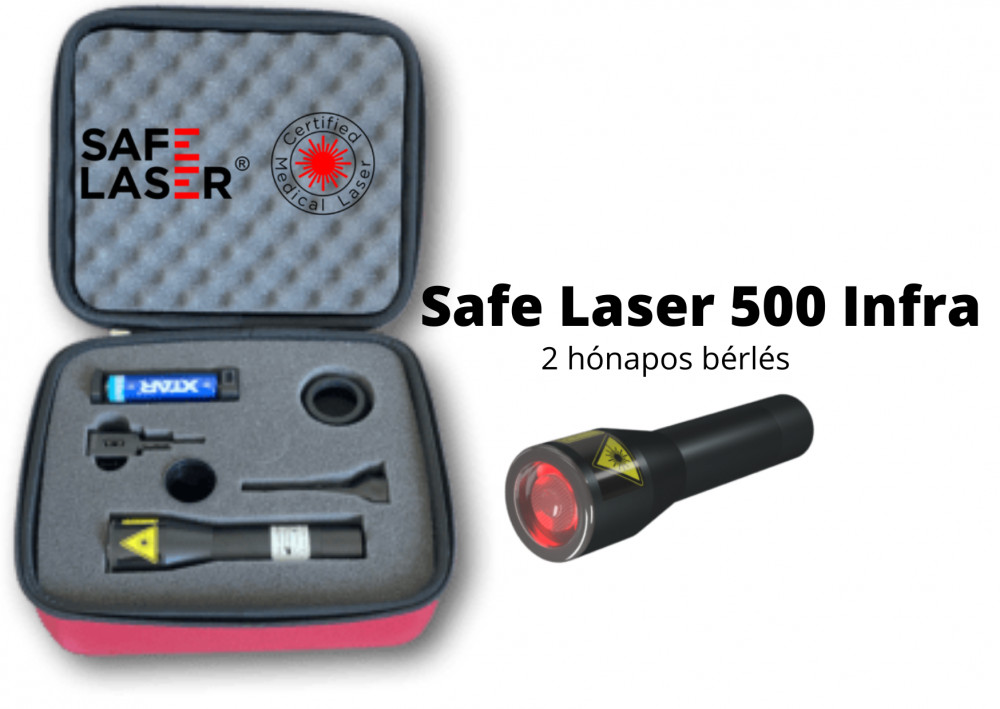New Suggestions For Choosing A Safe Laser Treatment
New Suggestions For Choosing A Safe Laser Treatment
Blog Article
How Does Low-Level Safe Laser Therapy (Lllt) Aid In Treating Locomotor Pain And Sports Injuries?
Secure Laser Low-Level Laser Therapy (LLLT) is effective in treating sports injuries and locomotor pain through several mechanisms. Reduced inflammation- LLLT reduces inflammation by inhibiting proinflammatory cytokines as well as increasing anti-inflammatory mediators. This helps relieve pain and inflammation associated with injuries.
Accelerated Tissue Regeneration- LLLT stimulates cellular growth and metabolism, which leads to an acceleration of tissue regeneration and repair. It stimulates collagen synthesis which is crucial in the healing process of injured tendons.
Pain Relief- LLLT alters the perception of pain by affecting nerve conduction and reducing the release of pain-related mediators, such as substance P. It also triggers the release of endorphins which are natural pain-relieving substances produced by our body.
Improved Circulation LLLT promotes microcirculation as well being vasodilation. The result is an increased blood flow towards the injured region. The improved blood circulation provides nutrients, oxygen and other healing factors to tissue that has been injured.
Muscle Relaxation LLLT assists in relieving muscle spasms and tension by encouraging the release of nitric oxide which results in smooth muscle relaxation. This is especially beneficial for athletes suffering from muscle stiffness.
Scar Tissue Prevention - Through encouraging the growth of tissues, LLLT is able to limit the development and accumulation of scar tissue. If not managed properly the process can lead to chronic pain, limitation of movement, or even an impairment.
LLLT enhances range of motion and joint flexibility by decreasing discomfort. It allows people to quickly resume their routine activities and sports.
In general, low-level Laser Therapy using Secure Laser is an non-invasive, drug-free way to treat sports injuries and locomotor discomfort. This therapy promotes faster healing and better functional outcomes in patients suffering from musculoskeletal problems. Check out the top safe laser 1800 for blog examples including lágylézer készülék, safe laser használata, lágylézer ár, orvosi lézer készülékek, lézeres fájdalomcsillapítás, lágy lézer vélemények, safe laser kezelés budapest, lagylezer terapia, laser lézer, safe laser használata and more.
What Is Low-Level Safe Laser Therapy Able To Do For Nose Problems And How?
LLLT can help nose problems in many ways. LLLT is beneficial in situations like sinusitis or rhinitis.
Pain Relief – LLLT aids in reducing pain in conditions like nasal trauma and sinusitis.
Enhanced Tissue Repair LLLT increases tissue regeneration and repair through stimulating the cellular metabolism. LLLT stimulates faster healing and repair of tissues in mucosal or nasal ulcers.
Improved Circulation - LLLT increases microcirculation, vasodilation and blood flow in the nasal tissues. Improved blood flow can transport nutrients and oxygen directly to tissues that are inflamed and reduce inflammation.
The reduction of nasal congestion LLLT can aid in reducing nasal obstruction through the stimulation of vasodilation. It can also help reduce the swelling of the nasal mucosal passages. This is especially beneficial for people suffering from chronic sinusitis as well as allergic rhinitis, where nasal congestion is an important sign.
Treatment of Nasal AllergiesTreatment of Nasal Allergies LLLT could help ease symptoms associated with nasal allergies by decreasing inflammation of nasal passages as well as sinuses. LLLT can help relieve symptoms such as sneezing or nasal congestion through modulating the immune system, and reducing the release of histamine and other allergenic mediators.
Overall, safe Laser low-level laser therapy offers a non-invasive and drug-free approach for treating various nose issues and symptoms like inflammation, pain, and nasal congestion. Before you use LLLT to treat nasal problems, you should consult a professional healthcare provider to determine the proper diagnosis and treatment. Have a look at the best safe laser for more tips including orvosi lágylézer, mozgásszervi betegségek kezelése, lézeres fájdalomcsillapítás, lágylézer ár, lágylézer vásárlás, safe laser használata, mozgásszervi problémák, otthoni lézer kezelés, safe laser bérlés, laser kezelés and more. 
How Long Does It Usually Take For A Laser Be Effective In Conditions Of The Ear, Nose And Throat?
The effectiveness of Safe Laser low-level laser therapy (LLLT) for ear nose, throat, and (ENT) conditions may vary according to factors like the specific condition being treated and the severity of the condition and the overall health of the patient and reaction to treatment. Typically, a number of LLLT treatments are suggested over a certain period to get the most effective results.
The amount of LLLT sessions will be contingent on the type and severity ENT conditions. For sinusitis-related conditions or rhinitis, otitis media, tonsillitis, or laryngitis may require different treatment strategies and different amounts of LLLT sessions.
Individual Response to Therapy- Personal factors, such as general health and immune functioning, can affect the way that a patient reacts to LLLT. Certain individuals respond to treatment more quickly and see a quicker improvement in symptoms. Some people might require longer therapy.
Treatment Protocol - An ENT specialist's treatment program will determine the number and frequency LLLT sessions necessary to treat ENT issues. Healthcare providers can create customized treatment plans for each patient. This may include scheduling LLLT several times a week, or at specific intervals.
Acute vs. Chronic Conditions - The number of LLLT sessions to treat will depend on the distinction between an acute and a chronic condition. An acute sinusitis like pharyngitis or acute sinusitis could require less treatment to achieve relief. Chronic conditions such chronic rhinosinusitis like chronic laryngitis require more prolonged treatment.
Some may require a longer time to treat in order to attain the desired outcomes. For ENT conditions, it is important to follow the treatment prescribed by an ENT doctor and to attend the scheduled LLLT sessions. It is important to keep in touch with your ENT to monitor symptoms and make adjustments to treatment plans as necessary.